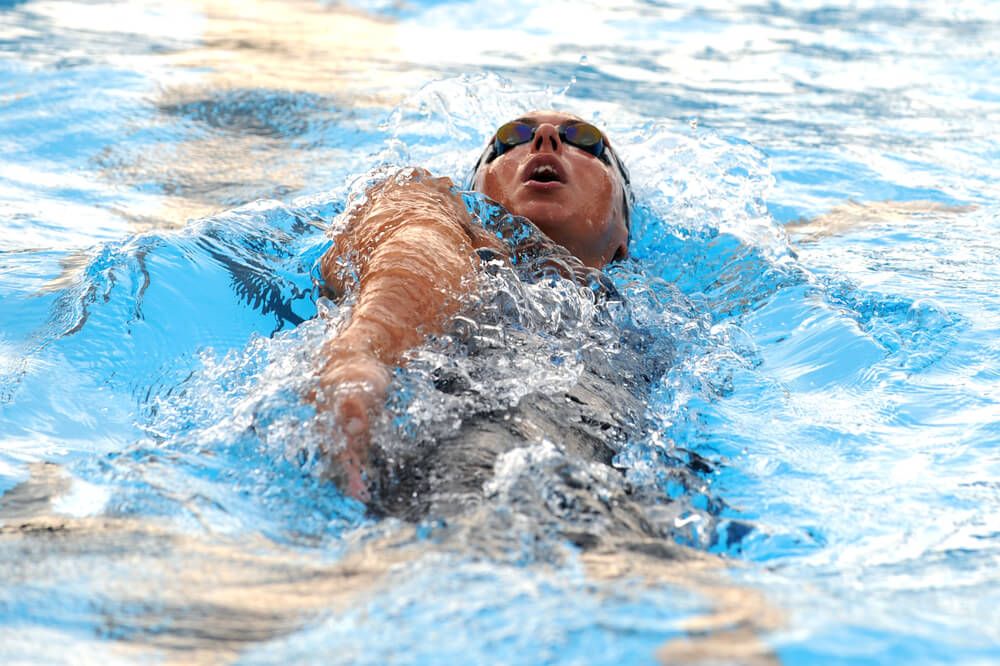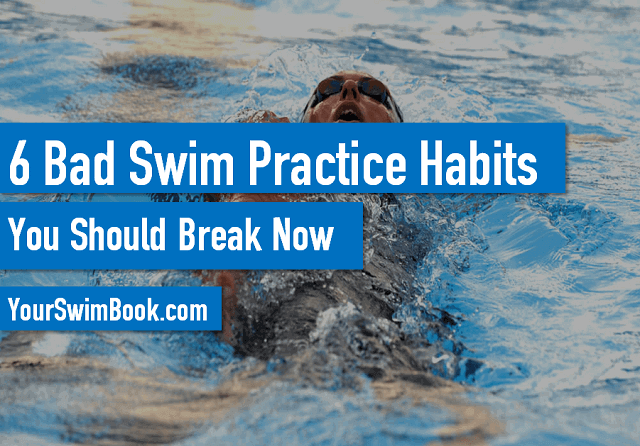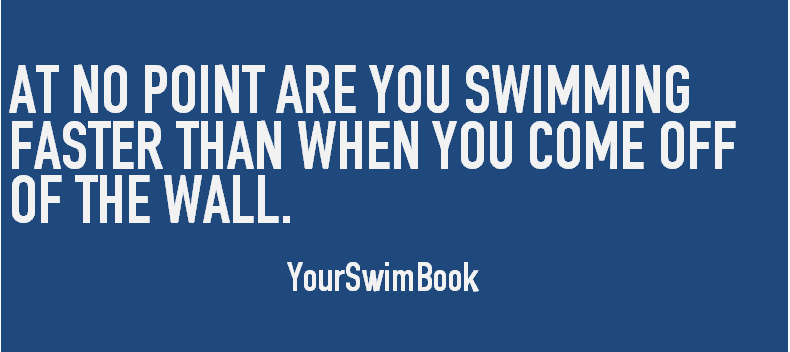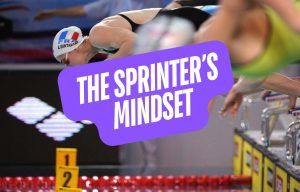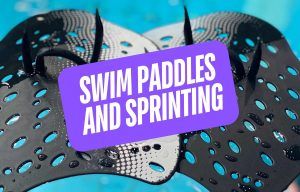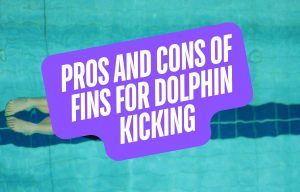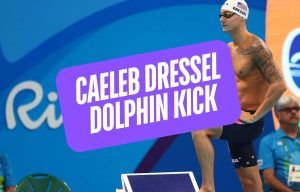In yesterday’s post, 5 Reasons You Aren’t Swimming Faster, I discussed some of the broader bad habits swimmers have when training that hold them back from swimming faster.
Things like staying focused, pushing yourself, and being consistent.
Today I am going to get a little more specific, and list out some of the common poor training habits swimmers display in practice.
They arise primarily as a result of the themes discussed yesterday, and are the symptoms of inattention and low focus.
Why are good habits in practice so critical?
The way we train is a startlingly accurate representation of how we compete.
The way you perform your turns when you are exhausted or unfocused at practice is similar to the way you will execute them when they are exhausted at the end of a race.
Long before you ever get up on the blocks to compete you are building your race. Piece by piece, day by day through the grind of two-a-days and 5,000m sessions you are instilling the habits that your body will rely on when you compete.
1. Lazy turns.
Slow rotation, poor foot placement, loose tuck, and on and on. It makes me laugh a little when I hear swimmers say that they want to take time out of practice to work specifically on their turns, when over the course of a 4,000 yard practice they have a chance to do up to 160 of them.
How many of those turns are being done with intent?
Done with a tight tuck?
Or with their feet exploding off the wall?
Or are done turning at the appropriate length from the wall?
Swimmers shouldn’t be of the mind that they need to have specialized turn time to work on them, but that they should be taking advantage of the opportunities already being presented to them to make their turns as fast and as awesome as possible.
(Side note: not only should you be doing quality turns, but you should also be doing turns at race-like speed to acclimatize yourself for competition. This is something covered in “3 Sneaky Training Tips for a Faster Sprint Freestyle.”)
2. Beach-ball streamlines.
Here’s a fun fact: when you push off the wall (or dive into the water), that is the highest velocity you will attain in the water.
At no point over the course of the rest of the lap will you be going any faster.
When you understand this, it might make you rethink performing those streamlines where it looks like you are trying to hold a beach ball over your head.
Yes, it requires some focus and discipline—especially towards the end of workout when you are exhausted both physically and mentally—but the easiest way to maintain speed off your walls is a tight streamline and breakout.
3. Letting technique get sloppy.
Whether it is a weak-side elbow dropping in freestyle, or a breaststroke kick not fully finishing, sloppy technique infects our swimming at the first turn of inattention.
Good technique takes time, patience and repetition to develop and build, so don’t throw away that hard work by letting bad technique habits creep into your swimming.
Alex Popov was famous for swimming long, easy-looking distances with a technique that was no different from that you would see when he was winning back-to-back Olympic golds in the 50m and 100m freestyles.
Remind yourself to maintain proper technique with some simple cues (“High elbow! Attack with the shoulders! Hips up!”) that will remind you to maintain excellent technique in the water.
4. Pulling into the wall on kick sets.
As someone who has traditionally enjoyed doing kick sets, I still find myself fighting the 3-pull urge that happens when I approach the walls. (Especially when I am tired…)
Sure, it might give you that little bit extra of speed heading into the wall (skewing your actual kick results), but typically when you pull you are cheating by giving your legs a nice little rest.
Done once or twice over the course of a kick set might not seem like a big deal, but when you add that up over the course of a swim season you are looking at a lot of kicking meters being thrown out the window.
5. Picking your head up at the finish.
At the Beijing Olympics it wasn’t the French and their 4x100m freestyle relay that had the closest chance to disrupt Michael Phelps’ quest for 8 golds.
It was Serbia’s Milorad (Mike) Cavic in the 100m butterfly.
Phelps would win in a time of 50.58, out-touching Cavic by 1/100th of a second. The finish was so close that observers in the facility swore that Cavic had touched first, and the tightness of the race prompted the Serbian delegation to file protest.
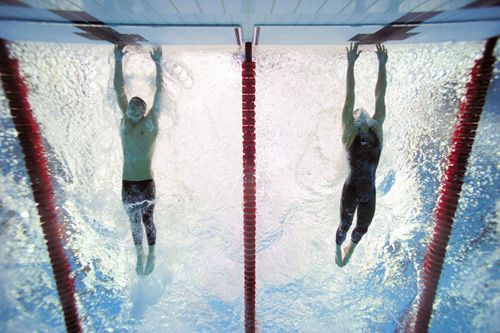
The finishing order would stand, and Phelps, in looking at the race later that year with Anderson Cooper of 60 Minutes would reflect,
“He’s (Cavic) picking his head up before he is finishing…It’s acting as a speed bump…That’s the difference in the race.”
If you look in the still frame above from the race video you can clearly see Phelps charging in with his head down, while Cavic (on the right), picks his head up into the wall.
Yes, we aren’t all swimming for gold at the Olympics, but when races come down to those photo-finishes you want to be the swimmer that finishes. Put your head down and finish like a boss.
6. Gliding into the wall at finish.
Similarly to the point above, gliding into the finish 3-5m from the wall at the end of a rep is a poor precedent to set in practice.
You see it all the time with swimmers, content to work hard for 90% of the rep, and glide into the wall like they are Matt Biondi in the ’88 Seoul Olympics.
When the flags or black T appear in your field of vision it should prompt you to attack the wall, not merely glide into it.
Will You Practice Better?
Practice is a place where you prepare for racing.
So why not start practicing like you want to race?
With intent, focus, and a desire to attack your swimming instead of just cruisin’ through it.

